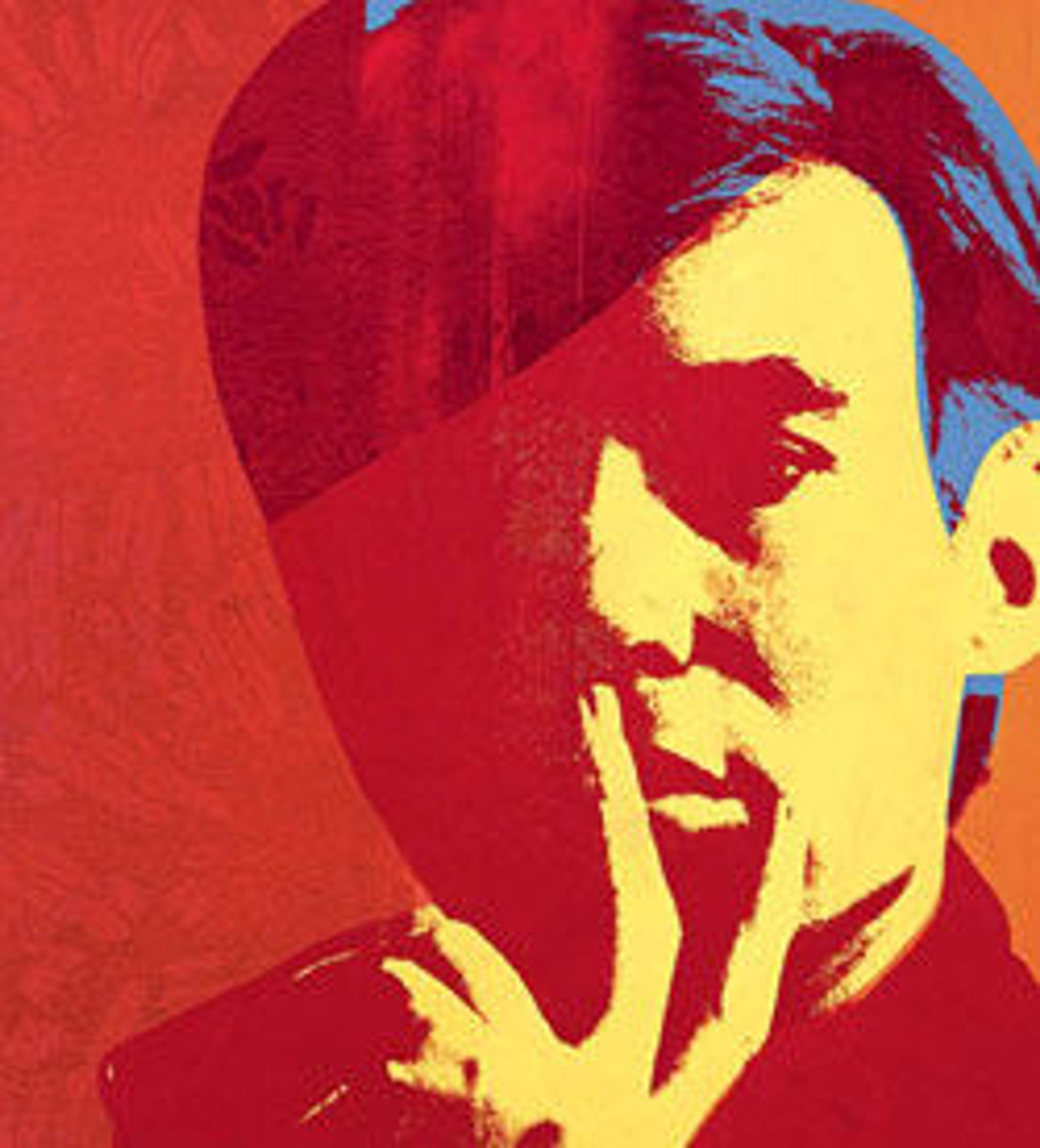Pollock and Tureen, Arranged by Mr. and Mrs. Burton Tremaine, Connecticut
Lawler is a spy in the house of art, casting sidelong glances at modernist masterpieces as they wend their way from the pristine white cubes of galleries and the carpeted walls of auction previews to museum storerooms, corporate boardrooms, and cloistered private homes around the world. Her career began in the early 1980s, at the precise moment when the art market began to partake of the speculative frenzy of Wall Street, and pictures provided instant cultural capital for their owners. In its exposure of the art world's usually invisible machinery of possession, display, and circulation, Lawler's work fits comfortably within the tradition of institutional critique that began with Duchamp's readymades and continues through the postwar period in the work of Hans Haacke and Daniel Buren. Yet, her effortlessly cool, deliberately neutral images are never cheap shots or tendentious sermons and, as Walker Evans once wrote of Diane Arbus, there is more of wonder than sociopolitical conviction in her gaze.
Lawler's greatest coup came in 1984, when she was granted full access to the Connecticut home of twentieth-century collectors Mr. and Mrs. Burton Tremaine (as it turns out, just a few years before much of their collection was dispersed at Christie's). As sometimes happens in the history of photography, the artist serendipitously discovered in one place the crux of her entire project. Working in available light with a 35mm camera, she found treasures everywhere she looked, such as this decorator's duet between the tortured gestural slashes of a late Jackson Pollock and the filigree of a soup bowl. One of the highlights of this artist's most important series, Pollock and Tureen is simultaneously trenchant and poignant-a cutting comment laced with the love of an undercover aesthete.
Lawler's greatest coup came in 1984, when she was granted full access to the Connecticut home of twentieth-century collectors Mr. and Mrs. Burton Tremaine (as it turns out, just a few years before much of their collection was dispersed at Christie's). As sometimes happens in the history of photography, the artist serendipitously discovered in one place the crux of her entire project. Working in available light with a 35mm camera, she found treasures everywhere she looked, such as this decorator's duet between the tortured gestural slashes of a late Jackson Pollock and the filigree of a soup bowl. One of the highlights of this artist's most important series, Pollock and Tureen is simultaneously trenchant and poignant-a cutting comment laced with the love of an undercover aesthete.
Artwork Details
- Title:Pollock and Tureen, Arranged by Mr. and Mrs. Burton Tremaine, Connecticut
- Artist:Louise Lawler (American, born Bronxville, New York, 1947)
- Date:1984
- Medium:Silver dye bleach print
- Dimensions:71.1 x 99.1cm (28 x 39in.)
Frame: 95.9 × 126.4 cm (37 3/4 × 49 3/4 in.) - Classification:Photographs
- Credit Line:Purchase, The Horace W. Goldsmith Foundation Gift, through Joyce and Robert Menschel, and Jennifer and Joseph Duke Gift, 2000
- Object Number:2000.434
- Rights and Reproduction:© Louise A. Lawler
- Curatorial Department: Photographs
More Artwork
Research Resources
The Met provides unparalleled resources for research and welcomes an international community of students and scholars. The Met's Open Access API is where creators and researchers can connect to the The Met collection. Open Access data and public domain images are available for unrestricted commercial and noncommercial use without permission or fee.
To request images under copyright and other restrictions, please use this Image Request form.
Feedback
We continue to research and examine historical and cultural context for objects in The Met collection. If you have comments or questions about this object record, please contact us using the form below. The Museum looks forward to receiving your comments.
